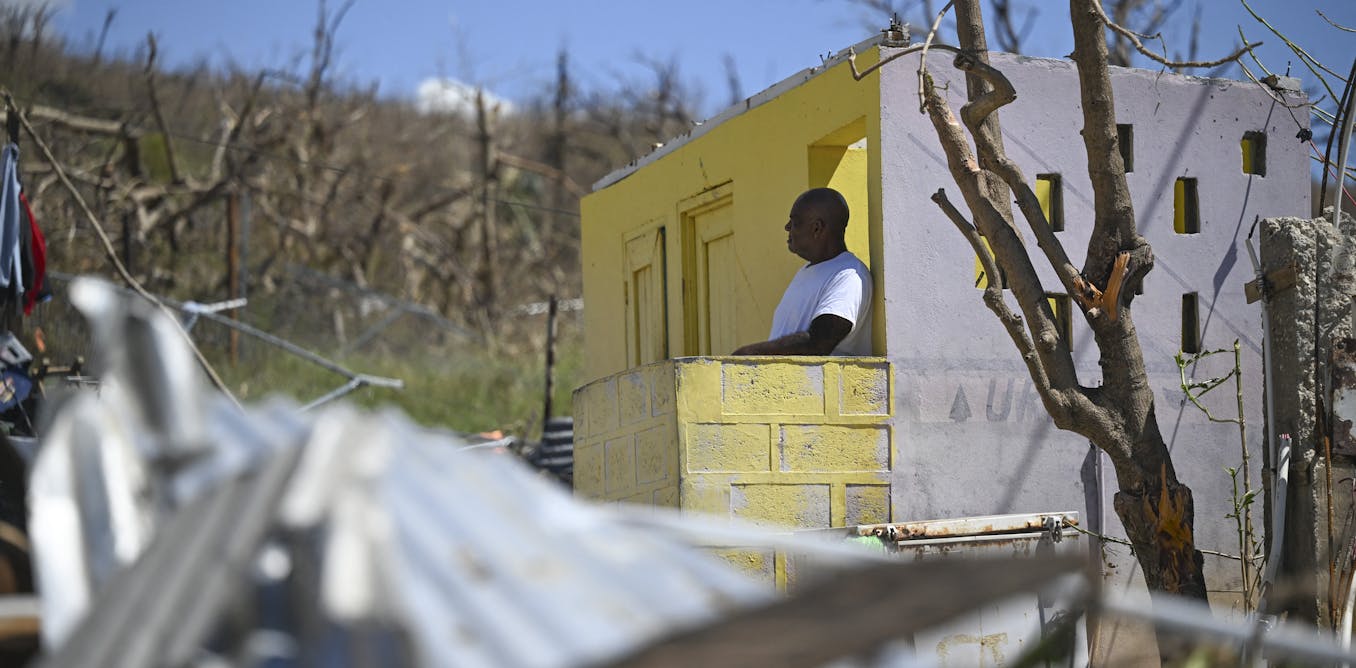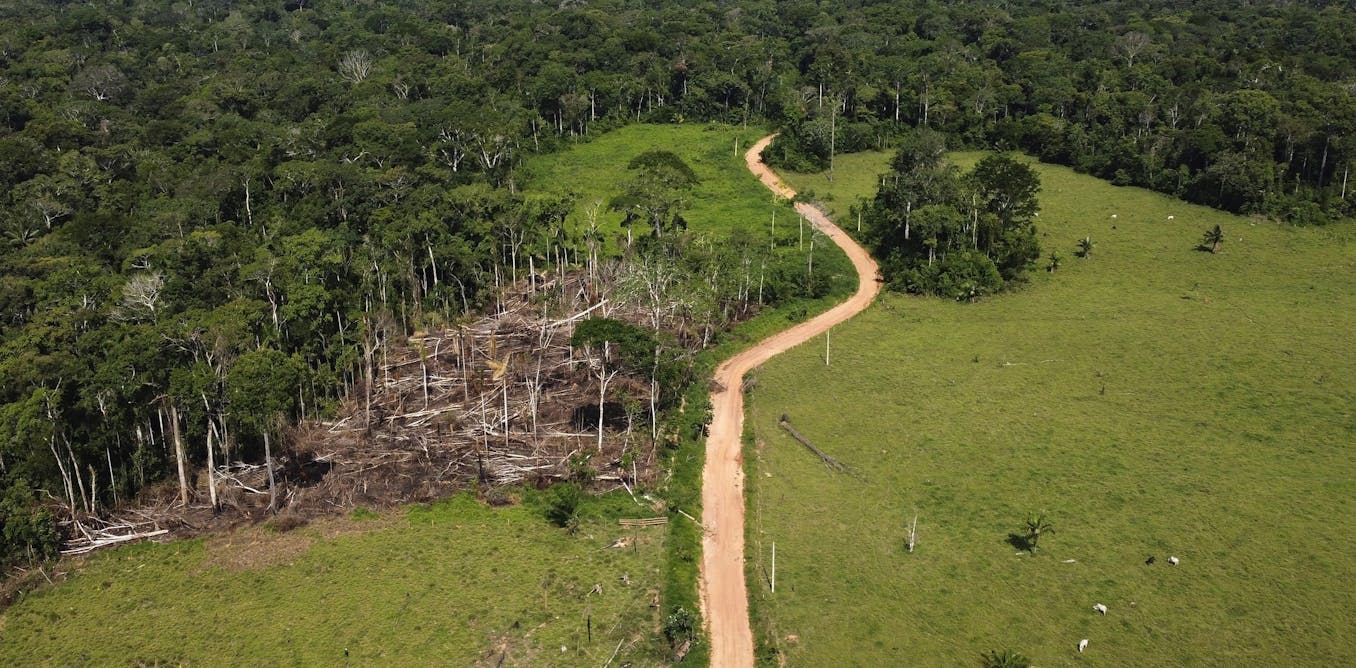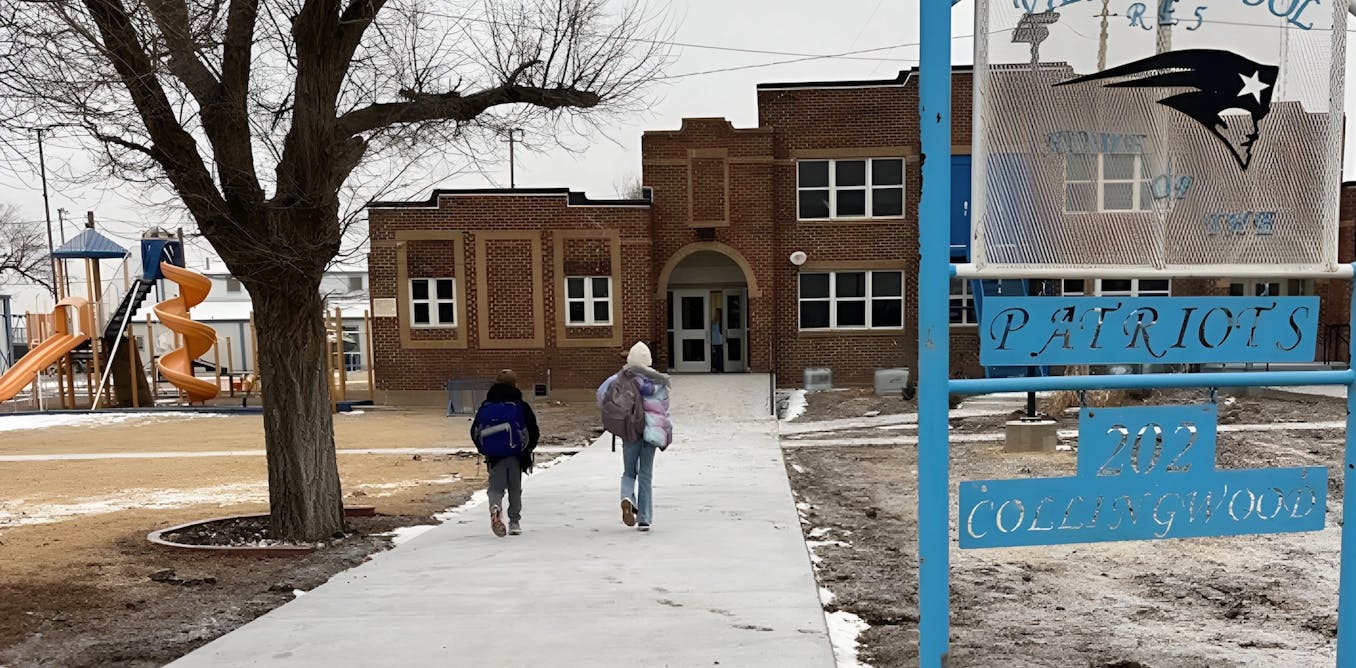After 11 days of intense fighting, a ceasefire between Israel and Hezbollah has been reached and is currently underway in Lebanon. The agreement, which was confirmed by US President Joe Biden, has brought a temporary halt to the violence that has claimed the lives of hundreds of people and displaced thousands more.
Despite the ceasefire being in place, there are many concerns about its sustainability and the huge gap between the promises made and the reality on the ground in Lebanon. The agreement calls for a cessation of hostilities and the opening of humanitarian corridors to provide aid to those in need, but there are already reports of violations and continued fighting in some areas.
The shaky nature of the ceasefire is highlighted by the fact that it is a unilateral agreement between Israel and Hezbollah, with no involvement from the Lebanese government or other international actors. This raises questions about the long-term prospects for peace in the region and whether this ceasefire can hold without broader support.
Many observers are also skeptical about the ability of the international community to enforce the terms of the ceasefire and ensure that both parties adhere to their commitments. Previous ceasefires in the region have been fragile and short-lived, leading to concerns that this latest agreement may not be any different.
As the situation in Lebanon remains uncertain, it is clear that there is still a long way to go before lasting peace can be achieved in the region. The ceasefire may be a step in the right direction, but without a comprehensive and sustainable solution to the underlying issues, the cycle of violence and conflict is likely to continue.
Watch the video by Al Jazeera English
Video “Ceasefire in Lebanon shaky, huge gap between promises and reality: Analysis” was uploaded on 11/27/2024 to Youtube Channel Al Jazeera English






































Expel al jazzera. Enabler of hezbollahs evil deed.
The Lebanese army joined in the gang rape of their country and people by NOT defending the country, its southern sections, and its CAPITAL. SHAME. Israel has the advantage with an air force. It can destroy and kill civilians, waging a no-holds barred colonial war, but it CANNOT secure a SURRENDER and settles for a ceasefire. Who wins in these wars?
So stupid of Biden and the barbaric world never stopped the invading the others territory so that the innocent people aren't killed and Butchered and displaced.
Benjamin Satanyahu only agreed after Hezbollah killed a senior military official (Acheologist) in the on the border and another big kill when a senior mossad officer (Rabbi zvi Kogan)
Patience is a virtue
They going back to what ,Evriting is destroyed
Israeli war crimes against civilians
What about gaza
Directly Tied to the Gaza War': Money Has Dried Up, and Israeli Startups Are Folding One After Another…many Israeli tech companies have closed up or significantly reduced their activity in the past year. Around 40000 Israeli companies have been closed, economic activity in Eilat port has gone down by 80% due to Houthis in red sea….moreover during the course of this war 75000 troops have become disabled as per reports…this is enough to show that Israelis military and economic capacity has been hampered……boycotts have also played an equal role in causing this damage….most importantly Palestine has received recognition from many important European and intl states and its movement has received tremendous global support which is the last thing Netanyahu would want to see happening. 2 million Israelis have fled the pariah state, companies are shutting down since there are no materials and tourists are all time low.
I believe that the Palestinians and the Lebanese must sue Israel in the International Court of Justice (ICJ) for the destruction of their homes and belongings, as well as causing so much damage to their infrastructure that it no longer exists or cannot be repaired. I realize that ICJ does not have the power to enforce its ruling if it convicts Israel, but I also think that Just the spectre of it and the additional pressure it would put on Israel's already bad reputation as a destructive and violent country will impact its tourism and its already poor financial standing in the world.
America has yet again rewarded Israel’s terrorism; they tell them “nothing is off limits and we’ll always step in to save you” with this ceasefire
Will israel be held accountable for its aggression, violation of foreign sovereignty, and mass killings of civilians? This is a miserable move only to save/rescue satanyahu from the impending and eventual arrest.
If you read the terms of the cease fire and think Hez won you didnt go to school. Ehat was the goals of this war from the Israeli side?
Okay thanks you al international and community my family all brothers and sisters my family all amid and all international and community my family all USA the government my family all American the government my family all California and Dallas and Florida and Los Angeles and Colorado and Minneapolis and Washington DC and Georgia and Chicago and Miami and New York the government my family all amid and all freedom and Democratic policies my family all British the government my family all London and all my family all brothers and sisters my family all France the government my family all France good happen my family all Italian the government my family all Italian good happen my family all Germany the government my family all Germany good happen my family all European the government my family all European good happen my family all amid and all freedom and Democratic policies my family all Arab the government my family all palatine the government my family all west bank the government my family all west bank good happen my family all jeursalem the government my family all jeursalem good happen my family all Gaza the government my family all South Gaza the government my family all brothers and sisters my family all north Gaza the government my family all brothers and sisters my family all Rafah the government my family all amid and all freedom and Democratic policies my family all palatine the government my family all brothers and sisters my family all Lebanon the government my family all Lebanon good happen my family all brothers and sisters my family all Beirut and my family all Beirut good happen my family all amid and all from Gaza and all amid and all from al Aqsa mijeda and all jeursalem and all west bank and Gaza all Rafah and all borders and all hunger and all food policies and gas and oil and bank and electricity and water and internet and all hospital and school and building and all health and all WHO and all human and all amid and all international law and all from Rafah and all borders and all hunger and all trucks and all car and bus and all hotel and all amid and all international law and all from Gaza and all WHO and all human and all water and internet and all hospital and school and building and all health and all electricity and all food policies and trucks and car and bus and all hotel and all amid and all international law and all from Gaza and all security and all Egypt and all Lebanon and all Jordan and all Syria and all Iraq and all amid and all security and all amid and all from Gaza and all airlines and all company and all also export and import my family all brothers and sisters my family all South African the government my family all South African and all human and all history my family all peace OK thanks
What did you leave behind for Palestine?
Ceasefire is a joke – – – there could not be a ceasefire there – – – Hezbollah started hitting Israel because of Israel's astrocities in Gaza – – – any ceasefire talk must address the Israel's total withdrawal from the Gaza attacks – – this joke ceasefire does not even mention the main issues to the conflicts !
My heart goes to the people who want to take a nap on their own soil than tents of. IPDs!
The cause and foundation of the problem is italy and France Paris,Rome,Napolitano,Napoli,America, Rome,Taranto,Torino,Sardegna ((
Lebanon is always graveyard for us and Israel militaries. Since 1980.
What kind of victory is this?
How many misssiles did hezbolla fire in to israel? They started on oct 8 as you very well know. How many israelis had to leave their homes? You are truly a nasty mouthpiece of terrorists! Lying through your teeths. Despicable.
Deal with the Devil is bad for everyone 😢😢😢
This ceasefire agreement is only to weaken Iran and the target of Israel's control of Gaza.🇮🇩👎
Victory for Hezbollah? This can't be regarded as victory. Who will pay for all this? Ayatollah will certainly pay for the rebuilding.
😂😂😂😂😂😂 israel won
That's war is not funny ' next time don't start war with Israel, 🇮🇱🇮🇱🇮🇱
Aljazeera ALJAZEERA ALJAZEERA, How many times did l call U? In ur narration d bombardment is only from lsreal & non from HEZBOLLAH. U cannot go far with this level of bias hypocrisy❤. Uche
Hassan nasrullah would have been alive today, because of Iran he lost his life,
"After a year of bombardment BY ISRAEL"???…into Lebanon???
C'mon aljazeera, where is the professionalism? Clearly not even trying to report truth at all.
Hezbollah said no ceasefire until end of Gaza war,today they have abandoned Gaza and calling it a victory?
Incitement channel, cry fir Ceasefire but deep down Aljazeera doesn't want war to stop coz they'll miss victimised viewership.